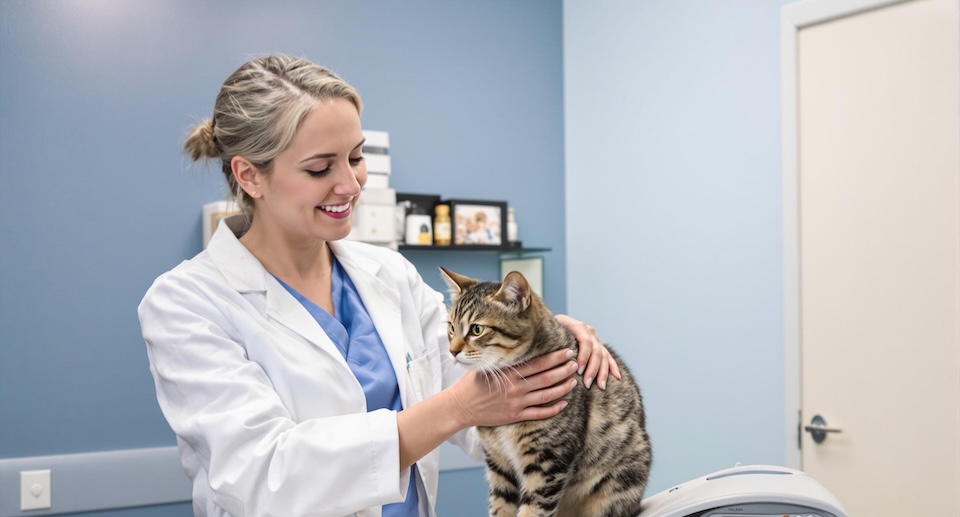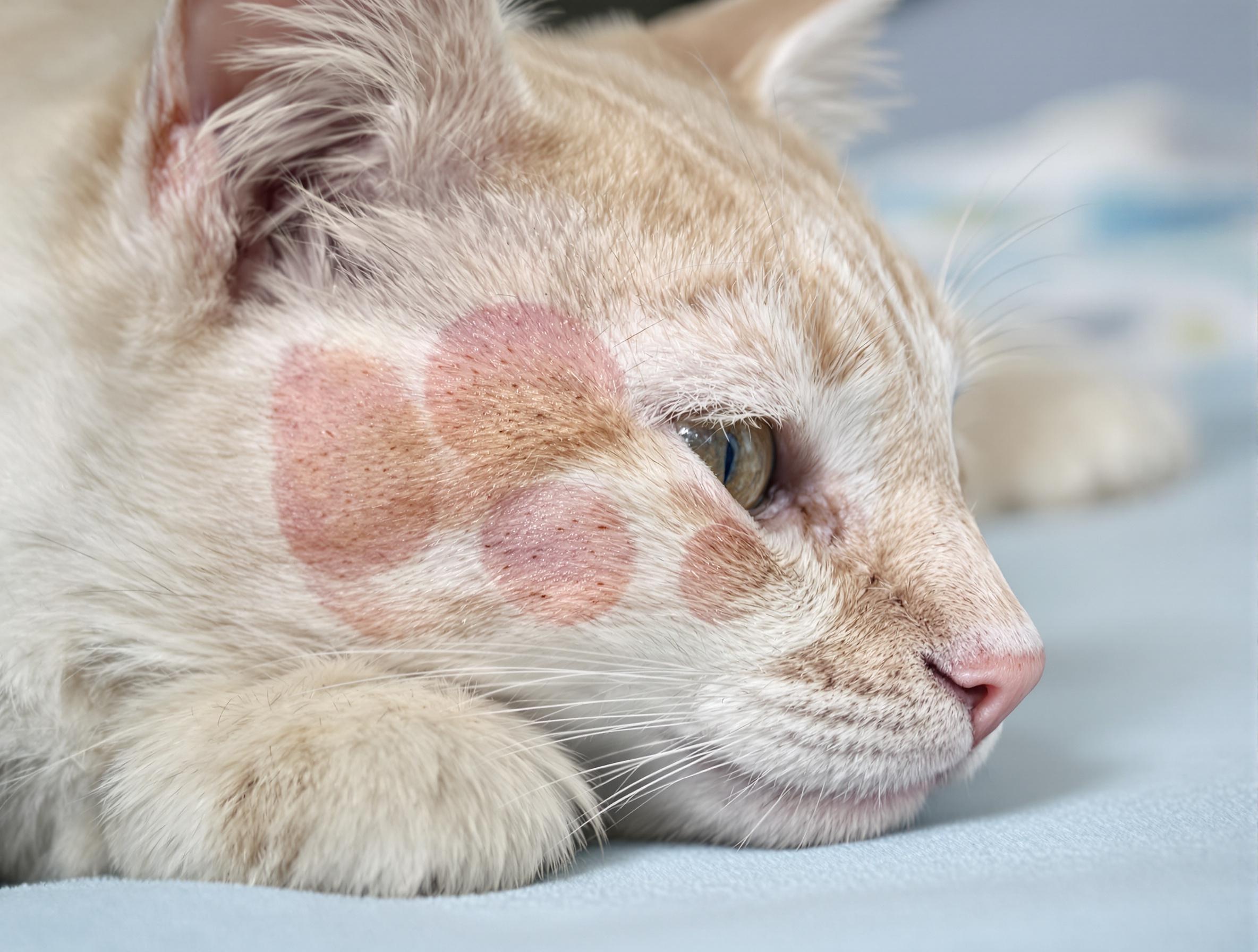What To Do If You Find A Stray Cat

There are as many as 100 million free-roaming cats in the United States, spending most or all of their time outside and fending for themselves. If you love animals, you may find it impossible to resist helping a cat that may be in need. Here’s what you should know about your local community kitties.
What’s the Difference Between A Stray and a Feral Cat?
All cats that spend the majority of their time roaming around neighborhoods are known as community cats. Some community cats are stray, while others are feral. Some toe the line between the two.
A stray cat is generally friendly. They will usually have once lived in a household and may have been abandoned or gotten lost. Some roam during the day and go inside at night in the winter. Stray cats tend to approach people, and they meow to request food or attention, just like any housecat. Some are more skittish than a typical housecat, but they’re generally tolerant of handling.
A feral cat may have been born in the wild. They do not approach people, though they may regularly visit homes that leave food out for them. Some feral cats once had owners, but have been on their own for so long that they become fearful of people.
Are Stray Cats Dangerous?
Free-roaming cats are generally harmless to people. If scared, they’re more likely to flee than attack. However, a cat may scratch or bite if they feel cornered or if you overhandle them beyond their level of comfort. Avoid petting or picking up a stray cat, as even an involuntary scratch can become infected with bacteria that cause cat scratch disease or tetanus.
Roaming cats tend to hunt birds, mice, and other creatures, regardless of whether or not they’re provided with regular meals, and irrespective of whether they intend to actually eat those animals. Interactions with other animals can go south if the other animal bites back. Skunks, bats, foxes, and raccoons are common rabies carriers. If a cat is bitten by a rabid animal, they’ll likely contract the fatal infection.
If you have cats at home, you may want to keep them inside if you live in an area with free-roamers. Even if your cat is up-to-date on their vaccines, they can still contract illnesses from other cats through bite wounds and casual contact.
Can I Adopt A Stray Cat?
Some stray cats are friendly and adapt well to the housecat life. If you bond with a stray cat and would like to keep it, the first step you should take is to bring them to your vet. You can place some food in a hard-sided carrier, lock the door behind them, and bring them in for a visit.
Your veterinarian will usually need you to schedule an appointment in advance. In the meantime, many vet offices don’t mind if you drop-in to have the cat scanned for a microchip. That way, you can find out of the cat has a home and is simply lost. You might also have success with posting on your local town’s lost and found pet page on social media, or by contacting your local humane society to see if anyone reported a missing cat that matches the stray’s description.
If your favorite stray doesn’t seem to have a home, you can move forward with getting them up-to-date on their vaccines, putting them on a heartworm preventative, and having them spayed or neutered.
How To Help Feral Cats
The typical adult feral cat cannot be socialized to become a housecat. A kitten under eight weeks of age can be domesticated fairly easily, but can suffer social issues related to leaving their mother and litter at an early age, and may need to be bottle-fed. Kittens older than eight weeks yet younger than six months can sometimes adapt to being a housecat.
It’s hard to resist feeding roaming cats, but doing so can have unintended consequences. Your neighbors may not appreciate cats using their lawn as a litter box. In some jurisdictions, it’s illegal to feed free-roaming animals. In others, feeding a cat denotes that you’re responsible for meeting all of their needs, including water, shelters, and veterinary care.
If you are looking after one or more feral cats, reach out to your local Trap Neuter Release (TNR) organization. These organizations provide feral cats with spay or neuter surgery and core vaccines to help keep their population under control and prevent the spread of diseases like rabies. Feral cats that have already been TNR’d usually have had the tip of one of their ears clipped to indicate that they’ve already been desexed.





